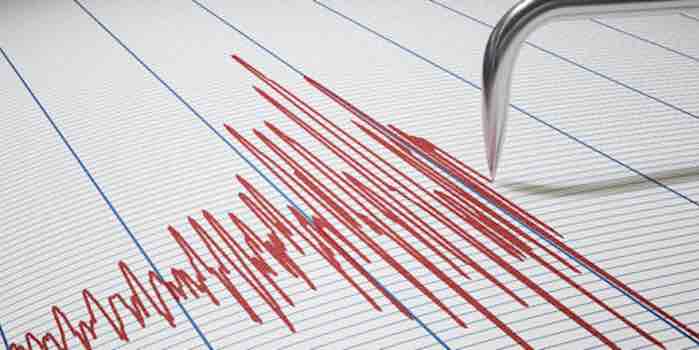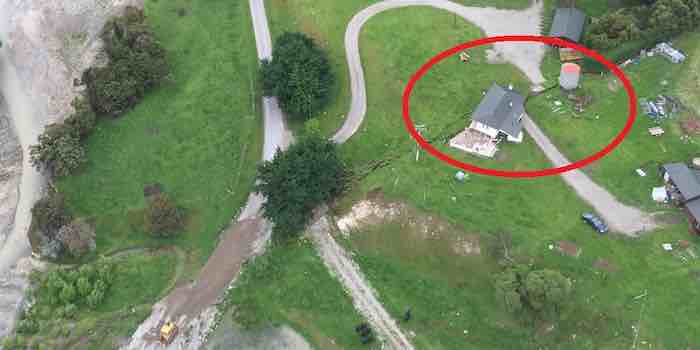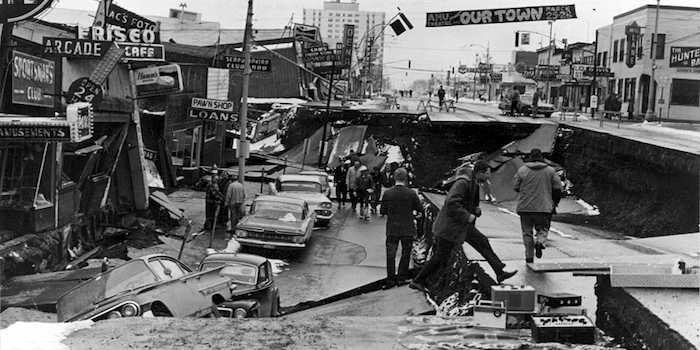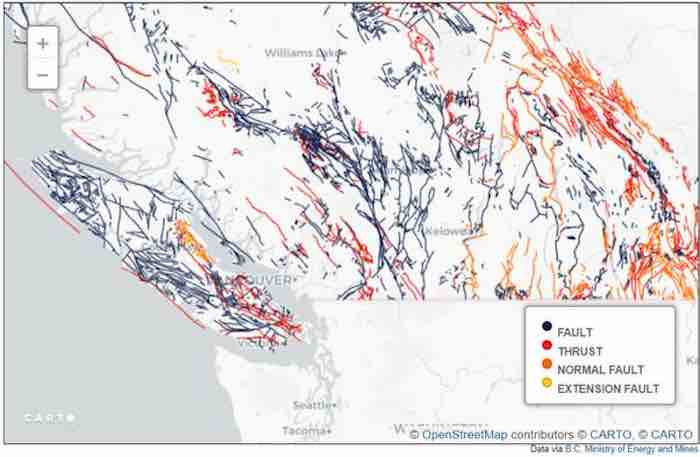By Dr. Klaus L.E. Kaiser ——Bio and Archives--April 1, 2023
Global Warming-Energy-Environment | CFP Comments | Reader Friendly | Subscribe | Email Us

Really, that’s a serious question. And, moreover, if a fault-line snaps, who’s to blame and or compensate for any consequences of such faulting faults?
If you are nowhere near a fault – you may be excused from reading any further – I wouldn’t want you feel responsible for any fault, or have any faults, or whatsoever. :
Just blame it all on the Government(s), or the Capitalists, or the Leaders in other countries, or even Aliens. Whenever a fault is faulting, clearly, there is a lack of control, subterfuge, or whatever.
But it’s not all bad.
In fact, it’s rather beneficial. Fault lines “faulting” cause earthquakes (or, when in the oceans, seaquakes and tsunamis). Let me explain.
Quakes of any kind are the result of reaching a threshold of forces that want to move parts of the earth’s crust in different directions. Those forces have been around for billions of years already, and are not going to simply disappear.
All government decrees or NGO’s wailings are in no position to withstand them – as the Borg said: Resistance is futile.
Therefore, as counter as it may be to common thinking:
Yeah – they are good, if they come only with little (and relatively frequent) small tremors. However, if they come rarely but then with devastating results, clearly, they are something you’d not like to be caught in.
Most quakes occur along well-known fault-lines that were found over hundreds of years by geologists – and occasionally by anyone else that came across one. For example, comparatively small horizontal shifts can be seen in roads, like in Fig. 1, nearby.
A horizontal shift in New Zealand

More severe quakes often affect not just horizontal but also vertical dislocations. They tend to bring down bridges and/or buildings, like in the photo of the The 1964 Great Alaska Quake,

Of course, any combination of horizontal plus vertical shifting is generally more disastrous and most large quakes involve both.So, where are the fault lines you may ask?
Well, they are nearly everywhere, on each continent and in the oceans. Apart from the major fault lines between the continental plates, there are plenty of smaller ones, nearly everywhere. The next graphic (Fig. 3) may give you a quick (and coarse) overview about such in Canada.
Overview of fault lines in Western Canada

Most of such fault lines (Fig. 3) have already existed for thousands of years. Most are slowly building up more strain between the components.
If the friction between the”competing” areas is strong, it will take much longer to come to a (potentially) catastrophic “resolution” of the built-up strain. In contrast, if the friction is small, the strain will be released with only a relatively small tremor or quake.
Therefore, “lubrication” of faults, for example by injection of water, will actually prevent major quake events by releasing smaller and more benign strains.
Just think of a nut on a rusted bolt: A bit of quality lubricant can make it to move without breaking the tool or the bolt.
So, the best way to cope is to plan ahead and adjust to the eventuality.
View Comments
Dr. Klaus L.E. Kaiser is author of CONVENIENT MYTHS, the green revolution – perceptions, politics, and facts Convenient Myths